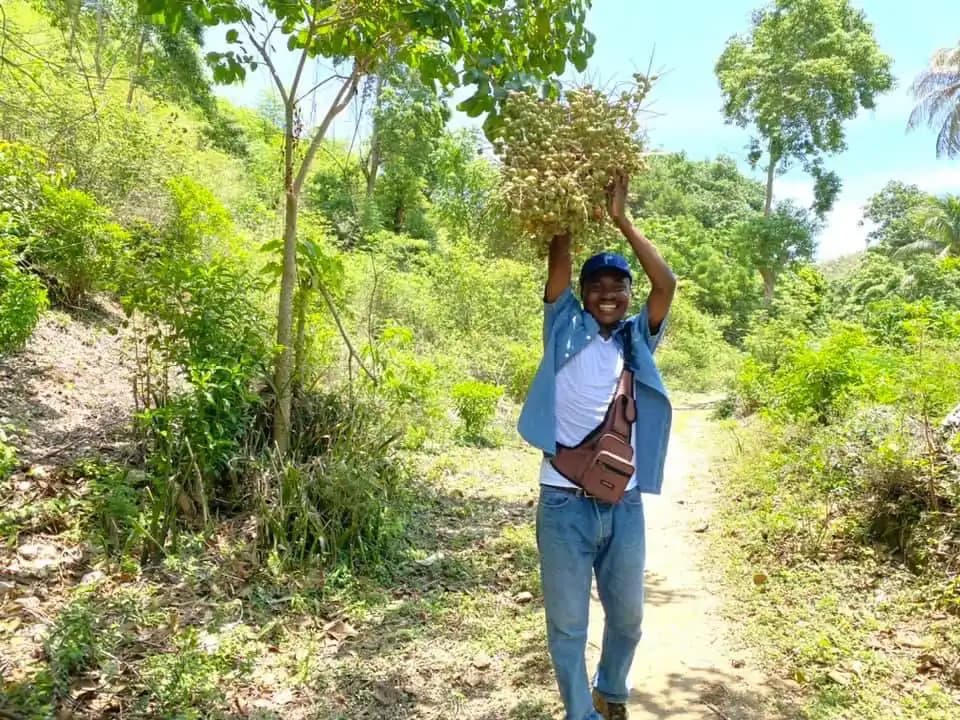Native Forests Employ Waxy, Hairy Leaf Surfaces for Drought Resilience, Terraformation Highlights

Native forests are demonstrating remarkable natural adaptations to combat hot and dry conditions, a crucial insight highlighted by reforestation non-profit Terraformation. According to a recent social media post from the organization, certain native tree species develop specialized leaf surfaces featuring tiny hairs or waxes. These micro-structures play a vital role in bouncing excess sunlight away from the leaf and significantly reducing water loss during prolonged dry spells.
These morphological adaptations are a key component of a plant's "drought avoidance" strategy, aimed at maintaining internal water balance. The "tiny hairs," or trichomes, on leaf surfaces create a microclimate that shades the stomata—small pores responsible for gas exchange—and reduces direct contact with warm, dry air, thereby minimizing transpiration. Similarly, waxy cuticles or epicuticular waxes form a protective barrier, increasing leaf reflectance and preventing evaporative water loss from the leaf surface.
Beyond these surface features, native plants employ a suite of sophisticated mechanisms to thrive in arid environments. These include physiological adjustments such as precise stomatal control, where leaves close their pores to conserve moisture during peak heat, and altering leaf orientation to minimize sun exposure. Root systems also adapt, with some developing deeper structures to access subterranean water sources, while others create extensive shallow networks to capture intermittent rainfall.
Terraformation, a global non-profit dedicated to restoring degraded land into thriving native forests, emphasizes the importance of understanding and leveraging these inherent natural resilience mechanisms. Their mission focuses on accelerating native ecosystem restoration worldwide by providing tools, training, and resources to local communities, addressing critical bottlenecks like seed shortages and water management. By fostering biodiverse forests, Terraformation aims to enhance carbon capture and build more climate-resilient ecosystems.
The insights into these natural plant defenses underscore the potential of native forest restoration as a powerful, nature-based solution to climate change. As global temperatures rise and drought frequency increases, supporting and scaling initiatives that prioritize species with such intrinsic adaptive capacities becomes increasingly vital for ecological resilience and planetary health.